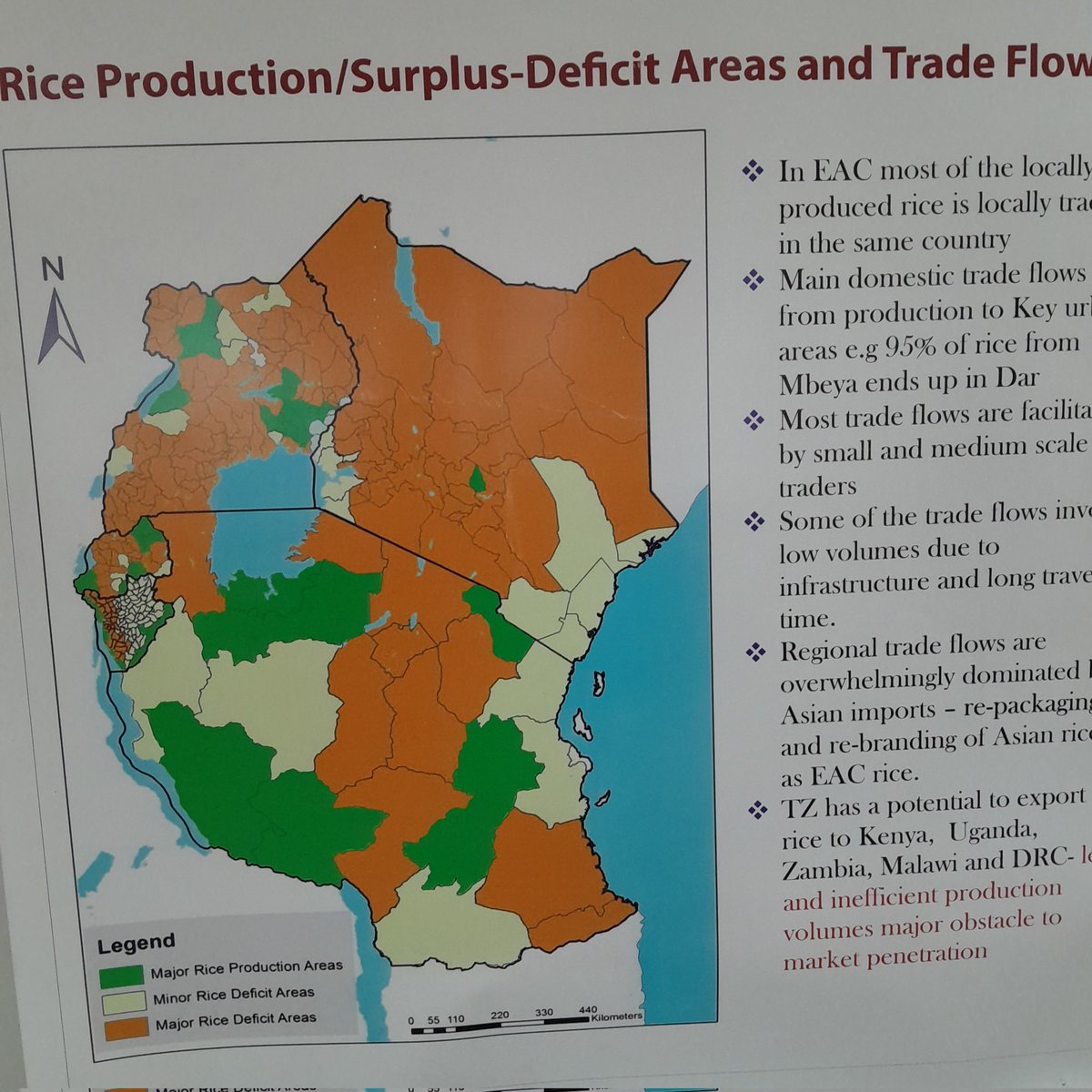Dar es Salaam, Tanzania – June 2024 – The Southern Agricultural Growth Corridor of Tanzania (SAGCOT) is driving a transformative agenda to enhance rice production across the country. Recognizing rice as the second most important food crop after maize, SAGCOT’s initiatives focus on improving yields, supporting smallholder farmers, and ensuring food security. With an estimated annual production of 2.2 million metric tons, Tanzania stands as the largest rice producer in the region, and SAGCOT’s efforts aim to solidify this position.
Key Initiatives
Distribution of Improved Seeds: SAGCOT collaborates with research institutions and agricultural organizations to provide farmers with high-yield and disease-resistant rice varieties. These improved seeds, such as Saro 5 (TXD 306), are crucial for boosting productivity and resilience against pests and diseases.
Development of Irrigation Schemes: A major component of SAGCOT’s strategy is the expansion and development of irrigation infrastructure. Projects like the Thiba Dam and the Mwea Irrigation Scheme ensure that farmers have reliable water sources, essential for rice farming in drought-prone areas. These schemes have significantly increased the irrigated land area, leading to higher yields.
Adoption of Modern Farming Techniques: Training and capacity-building programs are integral to SAGCOT’s initiatives. Farmers are educated on advanced agronomic practices, including the System of Rice Intensification (SRI). SRI methods have been shown to increase yields by over 30% while using 40% less water compared to traditional methods. This not only boosts production but also promotes sustainable water use.
Market Access and Value Addition: SAGCOT facilitates market access for smallholder farmers by connecting them with buyers and processors. Initiatives promoting value addition, such as milling and packaging, enable farmers to increase their income by selling processed rice. Additionally, the partnership helps explore new markets and improve the quality standards of Tanzanian rice, making it competitive internationally.
Environmental and Economic Impact
SAGCOT’s rice value chain initiatives are designed to be inclusive and environmentally sustainable. The initiatives aim to improve soil health and conserve biodiversity by incorporating sustainable practices. The economic impact is significant, providing employment to approximately 230,000 farmers and supporting the livelihoods of many more in rural areas.
Economic Growth: Long-term projections for the agricultural sector show a steady increase in GDP, emphasizing the importance of continuous investment in infrastructure, research, and market development. Policies supporting smallholder farmers and promoting sustainable practices are essential for the sector’s growth and resilience.
Positive Environmental Outcomes: The SRI farming methods introduced by SAGCOT have doubled rice production in regions like Mbeya, demonstrating the potential for significant productivity gains. These methods are less labour-intensive and use fewer resources, making them ideal for sustainable agriculture.
SAGCOT’s approach to the rice value chain in Tanzania is a model of how strategic partnerships and modern agricultural practices can drive significant improvements in productivity and sustainability. By supporting smallholder farmers with the necessary resources and knowledge, SAGCOT enhances yields and contributes to the economic empowerment of farming communities and the broader goal of food security in Tanzania.
